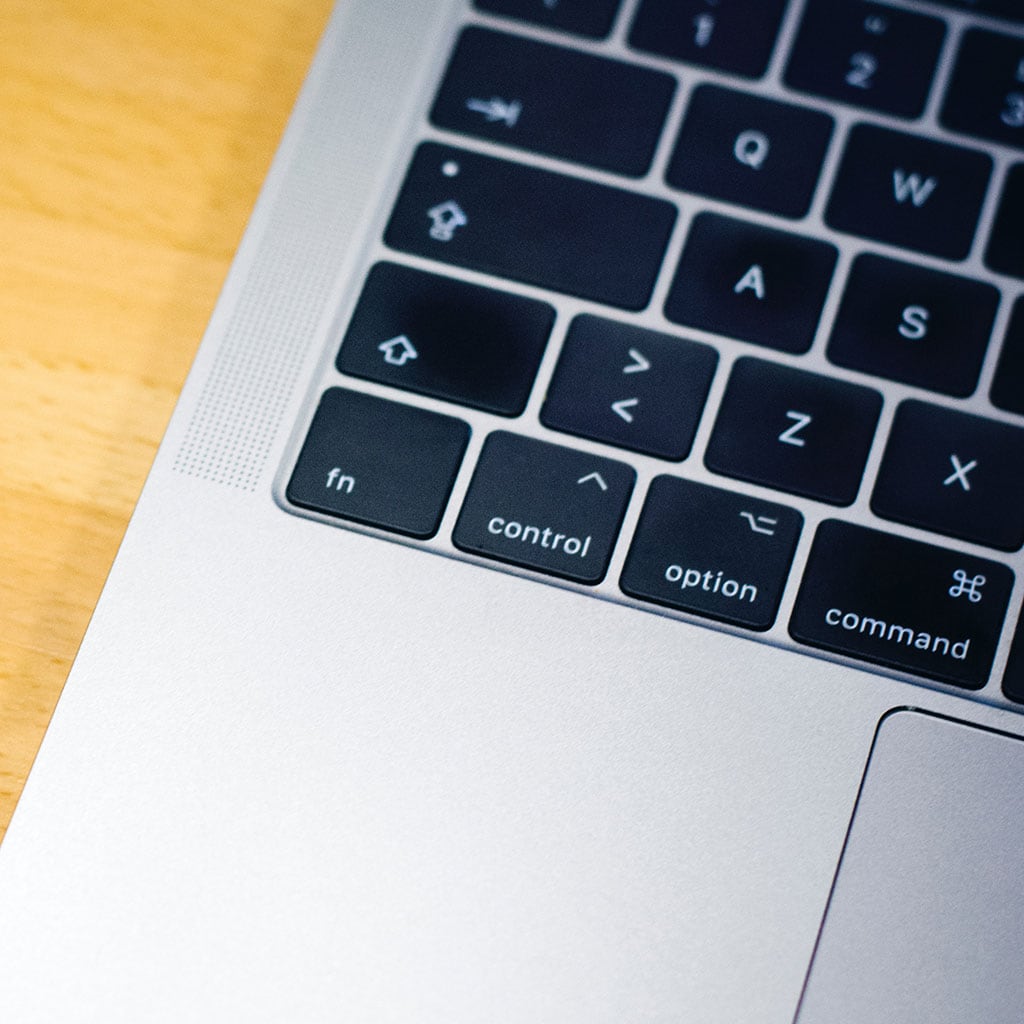How to Lock Keyboard on MacBook
How to Lock Keyboard on MacBook
Discover the methods to temporarily disable your MacBook’s keyboard to prevent unintended keystrokes and unauthorized access. Safeguard your data and maintain privacy with this insightful guide.
Is there a button on the keyboard that locks it?
Most keyboard models come with a lock button that prevents unintentional keypresses. Typically, it can be found on the top row of keys, in close proximity to the function keys. It might be labeled as “Lock” or have an icon of a lock. When the keyboard is locked, any input from its keys will not be registered by the computer. This can be useful in avoiding typing errors or accidental changes to settings while you are away from your computer for any length of time.
If your computer does not have this feature, it may still be possible to enable it by consulting your manual or contacting the manufacturer directly. Some third-party apps are known for their ability to add a lock button, so if your model does not have one natively it may help to explore these options first. Similarly, some keyboards offer additional software that allows users to assign individual keys as locks and otherwise customize their experience with the product. Whether you choose to purchase an additional tool or leverage existing products and features, finding out how to best use this asset may provide greater control over data security and privacy on your machine.
Locking the keyboard on a MacBook
Locking the keyboard on your MacBook can help prevent accidental keystrokes and unauthorized access when you’re away from your computer. While macOS doesn’t have a built-in keyboard lock feature like some other operating systems, you can achieve a similar effect using various methods:
1. Set Up a Hot Corner (Screen Saver Method):
- Go to “System Preferences” from the Apple menu.
- Click on “Desktop & Screen Saver” and navigate to the “Screen Saver” tab.
- Click on “Hot Corners” in the bottom-right corner.
- Choose a corner and set it to “Start Screen Saver.” Click “OK.”
- Now, when you move your cursor to that corner, your screen saver will activate, and your keyboard will be locked.
2. Use the Keychain Access Lock Screen:
- Open “Keychain Access” from the Utilities folder (found in Applications > Utilities).
- In the menu, select “Keychain Access” and then “Preferences.”
- Check the box next to “Show keychain status in menu bar.”
- In your menu bar, you’ll see a lock icon. Click it and choose “Lock Screen” to lock both the screen and keyboard.
3. Use a Third-Party App:
- There are third-party apps available that provide keyboard locking functionality, such as “KeyboardLocker.” These apps often offer customizable options for locking and unlocking your keyboard.
4. Create a Keyboard Shortcut with Automator:
- Open “Automator” from the Applications folder.
- Create a new “Service.”
- Search for and add the “Run AppleScript” action to your workflow.
- Replace the default AppleScript with a script that simulates pressing a non-functional key, like F13.
- Save the service with a name like “Lock Keyboard.”
- Go to “System Preferences” > “Keyboard” > “Shortcuts.”
- In the “Services” section, locate your “Lock Keyboard” service and assign a keyboard shortcut to it.
5. Use Terminal to Lock the Screen:
- Open the Terminal app from the Utilities folder.
Enter the command: To suspend the session, use the command /System/Library/CoreServices/Menu Extras/User.menu/Contents/Resources/CGSession -suspend.
- Press Enter. Your MacBook’s screen will be locked, and the keyboard will be disabled.
Choose the method that suits your preferences and needs. Keep in mind that while these methods can help prevent accidental input and deter casual access, they might not provide the same level of security as full user account locks with a password.
Discover the secret to unleashing the full potential of your Mac: unlocking the keyboard!
There are several different ways to easily unlock the keyboard of your Mac. The most convenient option is to make use of a Keyboard Shortcut, which can be found in System Preferences. By using this shortcut combination, you will be able to quickly and easily lock your keyboard so that no one else can access it. This is great for when you need a few moments away from the computer but don’t want anyone to have the ability to tamper with it.
For those times where a Keyboard Shortcut isn’t available, there are other options for how to unlock a Mac’s keyboard. For example, you may consider switching off all power to the computers within reach or disabling Bluetooth and/or Wi-Fi services. For additional security, it may even be possible to set up an additional layer of security such as a password or fingerprint scan that must be passed before unlocking the keyboard. Whichever method you choose, this will ensure that only those who have access can operate your machine in any way, allowing for greater protection for your data and peace of mind while away from your computer.





You must be logged in to post a comment.